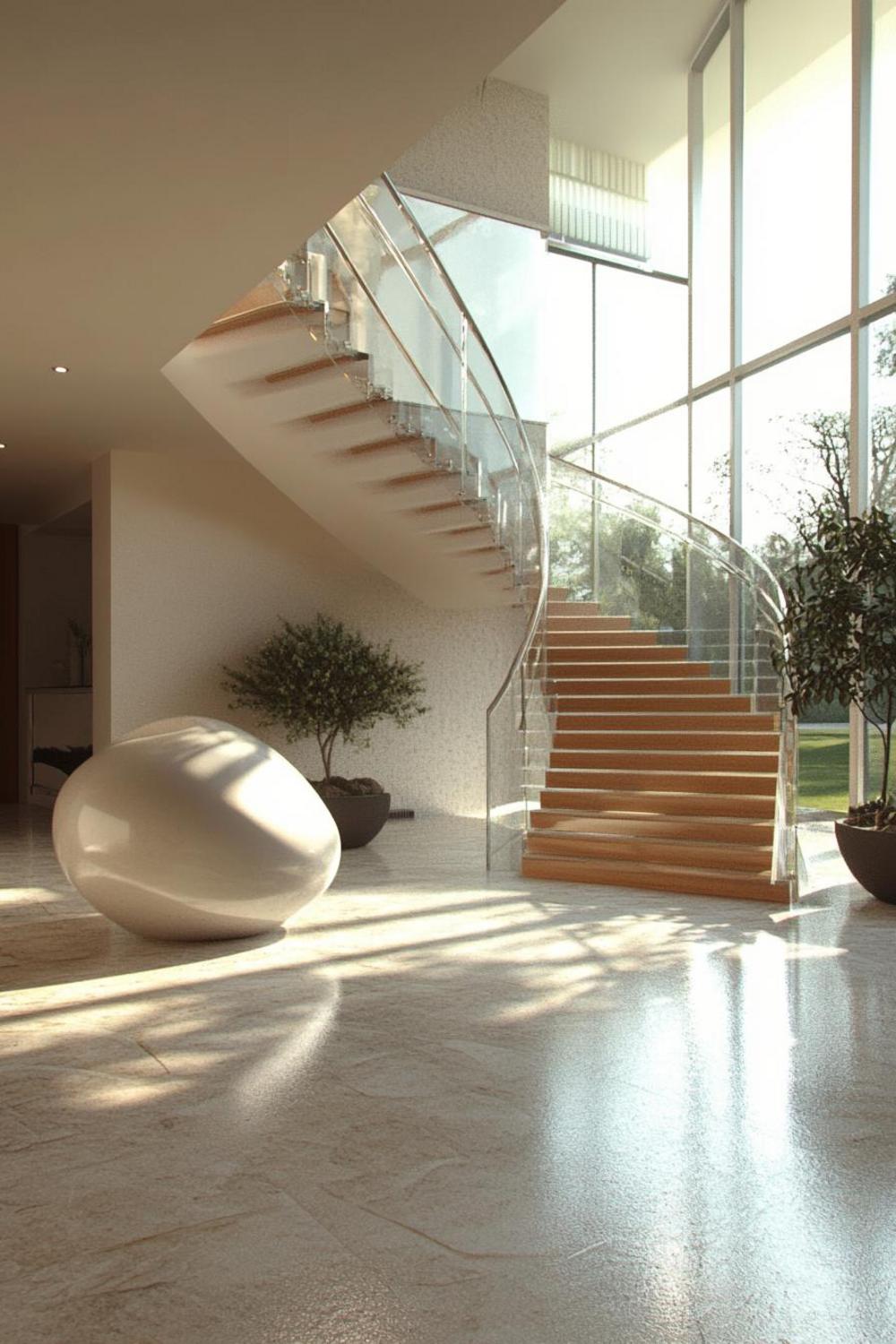Neuroplastic Environment Design: Transform Your Space in 2025
Neuroplastic environment design represents a groundbreaking approach to creating living spaces that actively support cognitive development and mental adaptability. As our understanding of brain plasticity deepens, designers and homeowners are reimagining interior spaces as dynamic, responsive ecosystems that can fundamentally influence neural pathways and psychological well-being.

Understanding Neuroplastic Design Principles
Neuroplastic environment design goes beyond traditional interior decoration by integrating neuroscientific research into spatial planning. The core philosophy recognizes that our physical surroundings can profoundly impact brain development, learning capabilities, and emotional regulation.
Key Components of Cognitive-Friendly Spaces
- Adaptable Layouts: Spaces that can transform quickly to support different cognitive activities
- Sensory Stimulation: Strategic use of colors, textures, and lighting that promote neural engagement
- Flexibility Zones: Areas designed to encourage mental flexibility and creative thinking
Color Psychology in Neuroplastic Design
Colors play a critical role in neuroplastic environments. Soft blues can promote calmness and focus, while warm oranges might stimulate creativity and social interaction. By understanding color’s neurological impact, we can craft spaces that actively support different mental states.

Implementing Neuroplastic Design Strategies
Transforming your living space into a neuroplastic environment requires thoughtful planning and strategic design choices. We’ll explore practical approaches that anyone can implement to create more cognitively supportive spaces.
Technology Integration
Smart home technologies now offer unprecedented opportunities for creating adaptive environments. Programmable lighting systems, dynamic temperature controls, and interactive surfaces can create spaces that respond to and support different cognitive needs throughout the day.
Pro Tips for Neuroplastic Spaces
- Use modular furniture that can be easily reconfigured
- Incorporate natural elements like plants and organic materials
- Create distinct zones for different mental activities
Designing for Different Life Stages
Neuroplastic design isn’t one-size-fits-all. Spaces should evolve with individual cognitive needs, supporting everything from childhood learning to adult professional development and potential age-related cognitive changes.
By embracing neuroplastic environment design, we’re not just decorating spaces – we’re actively sculpting environments that support cognitive growth, emotional well-being, and human potential. The future of design is adaptive, responsive, and deeply connected to our neurological needs.



